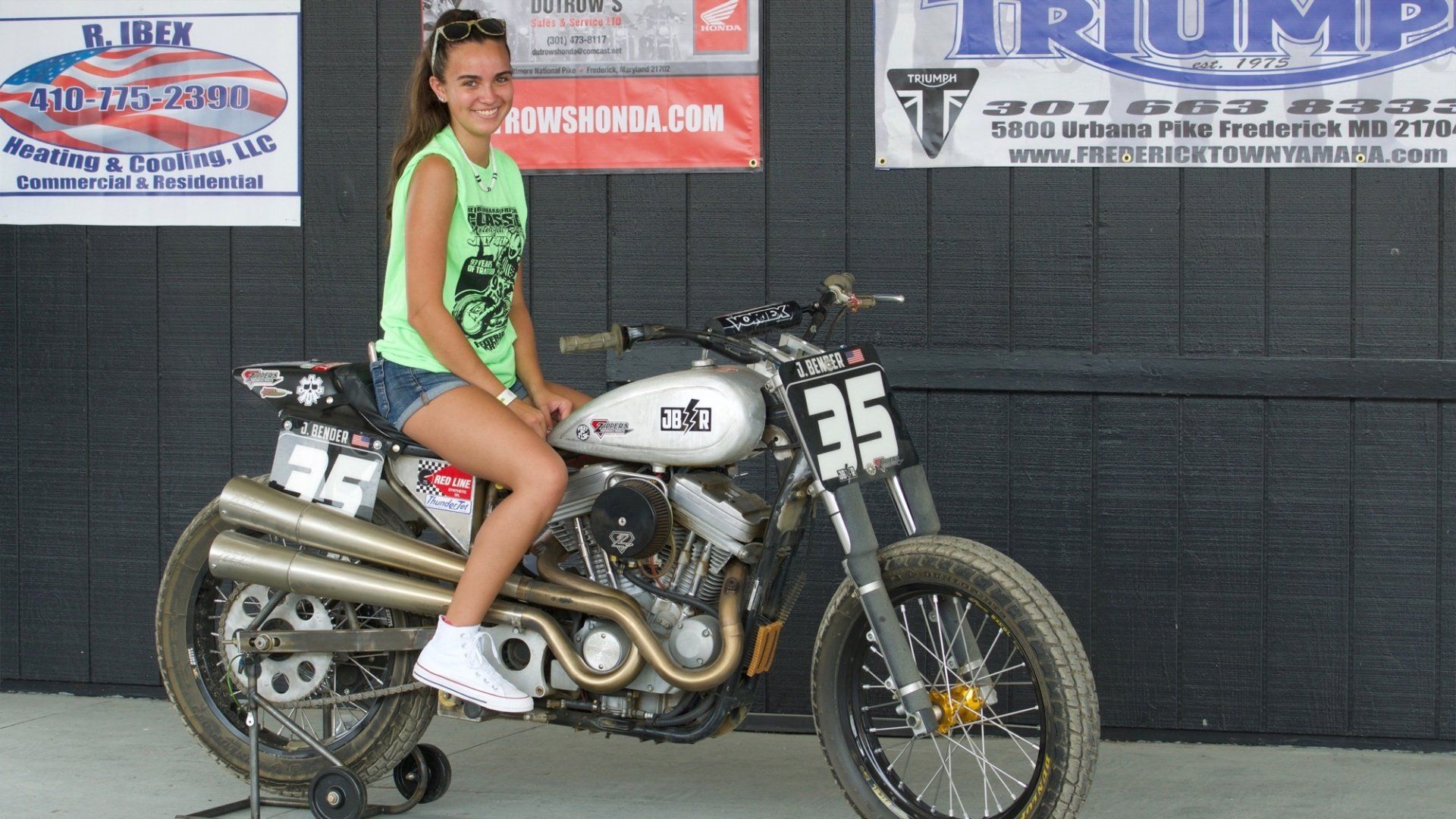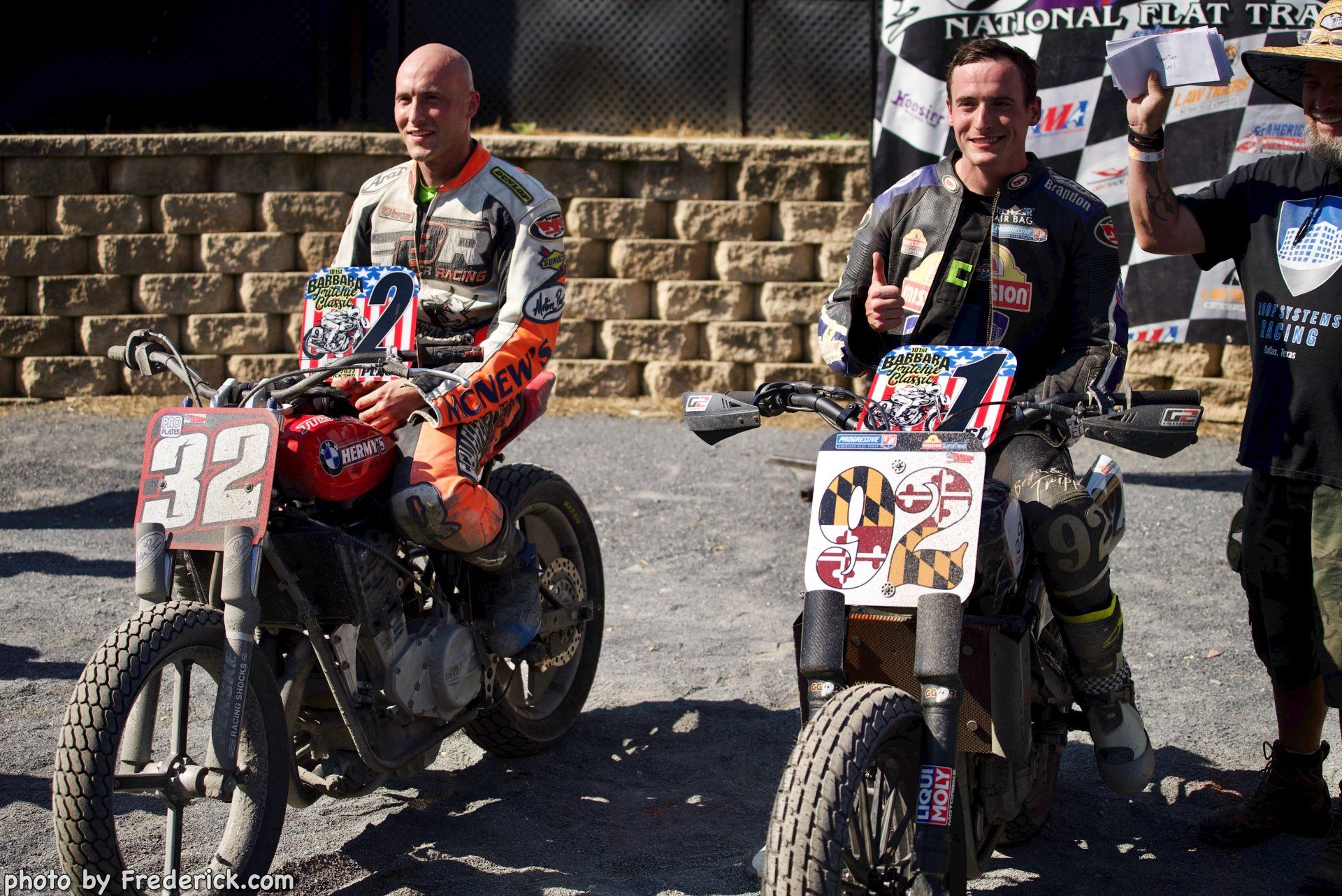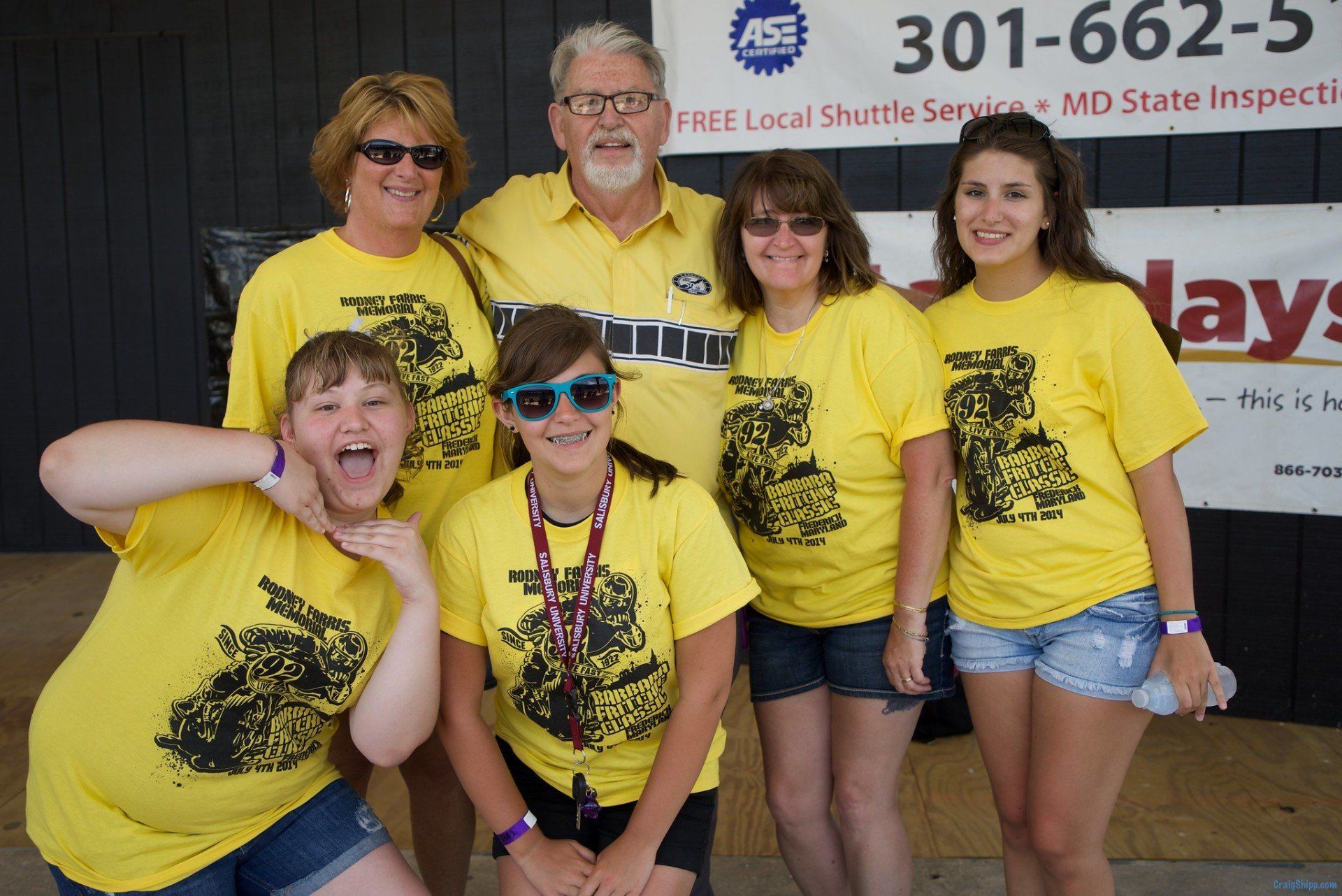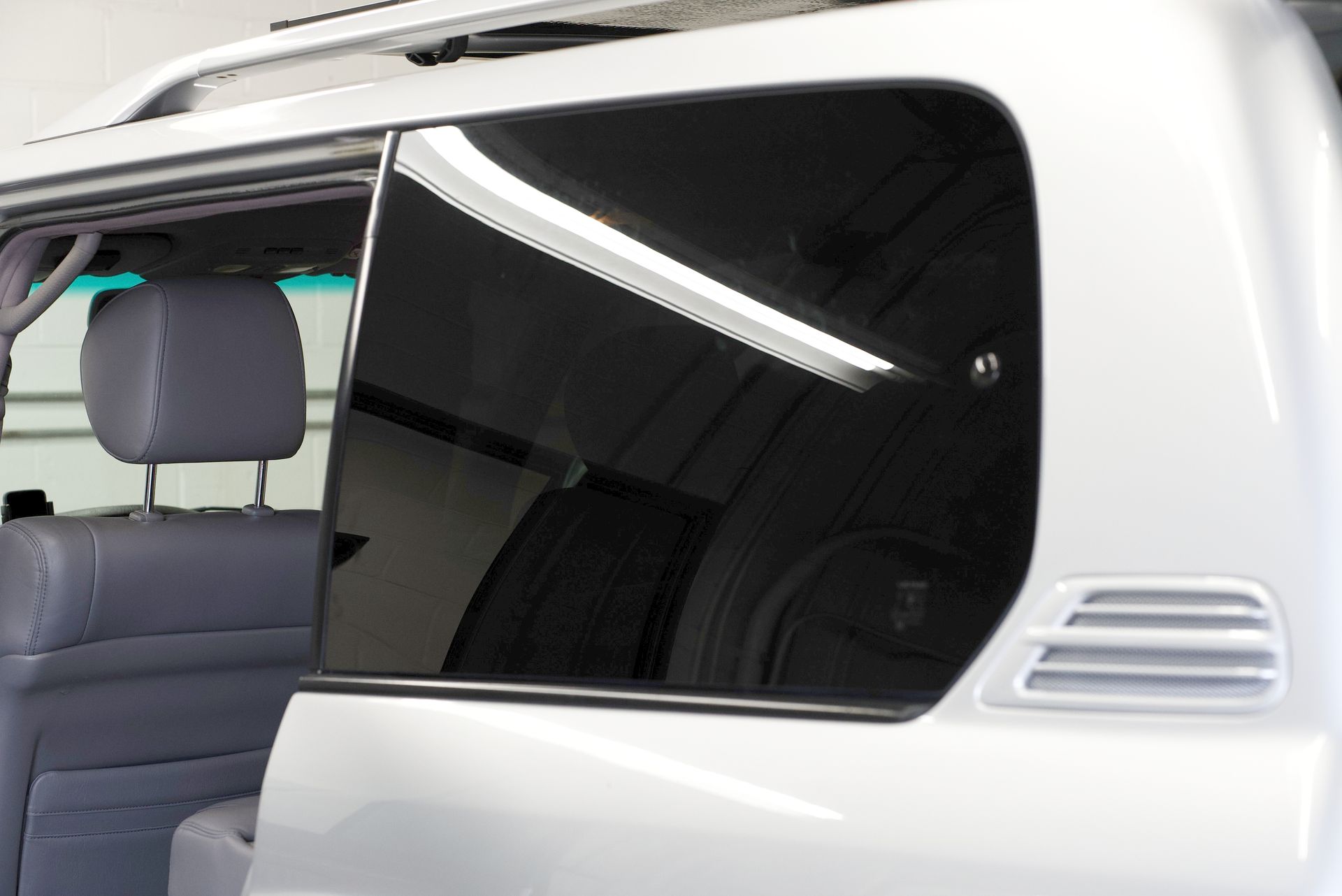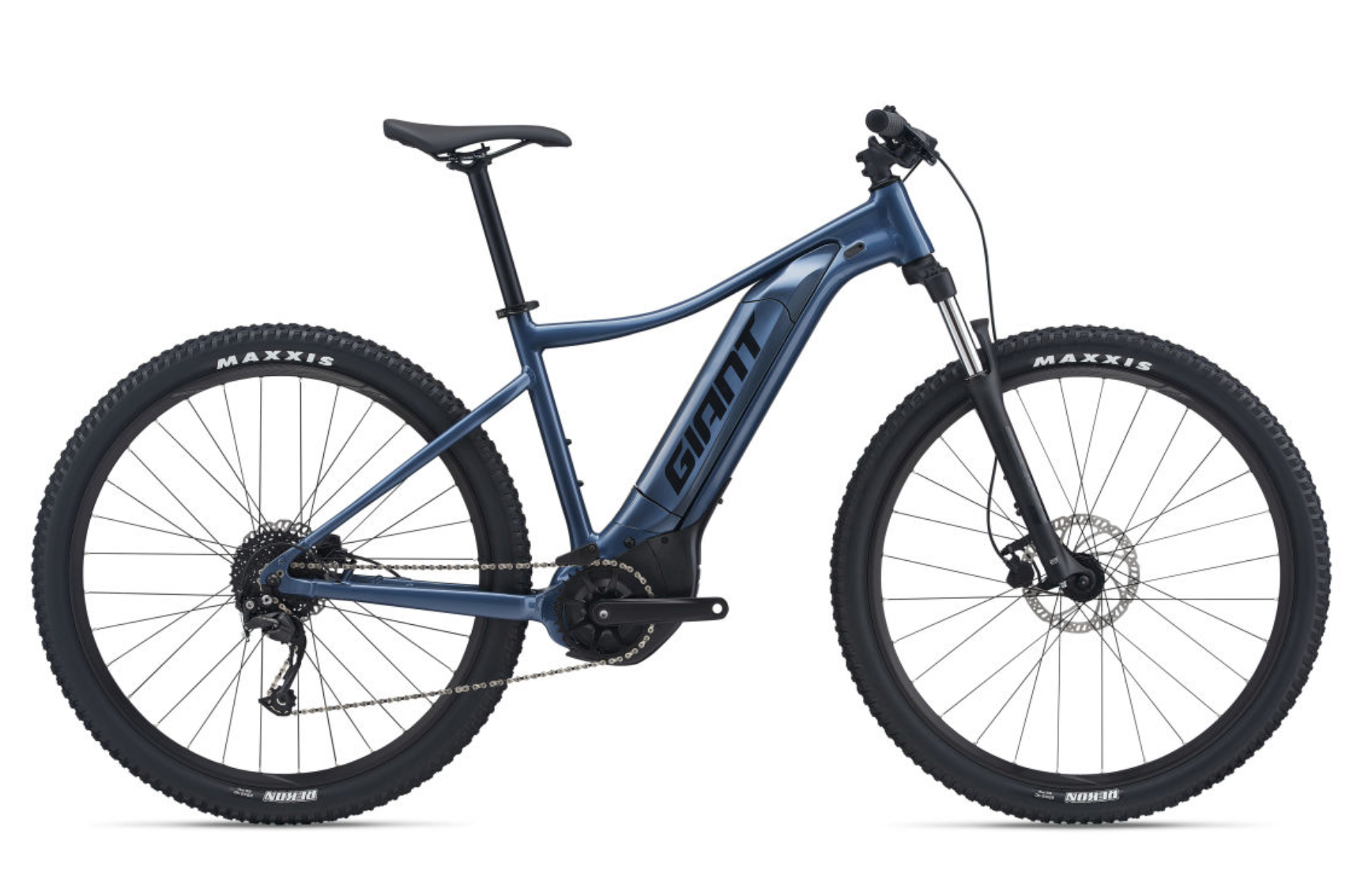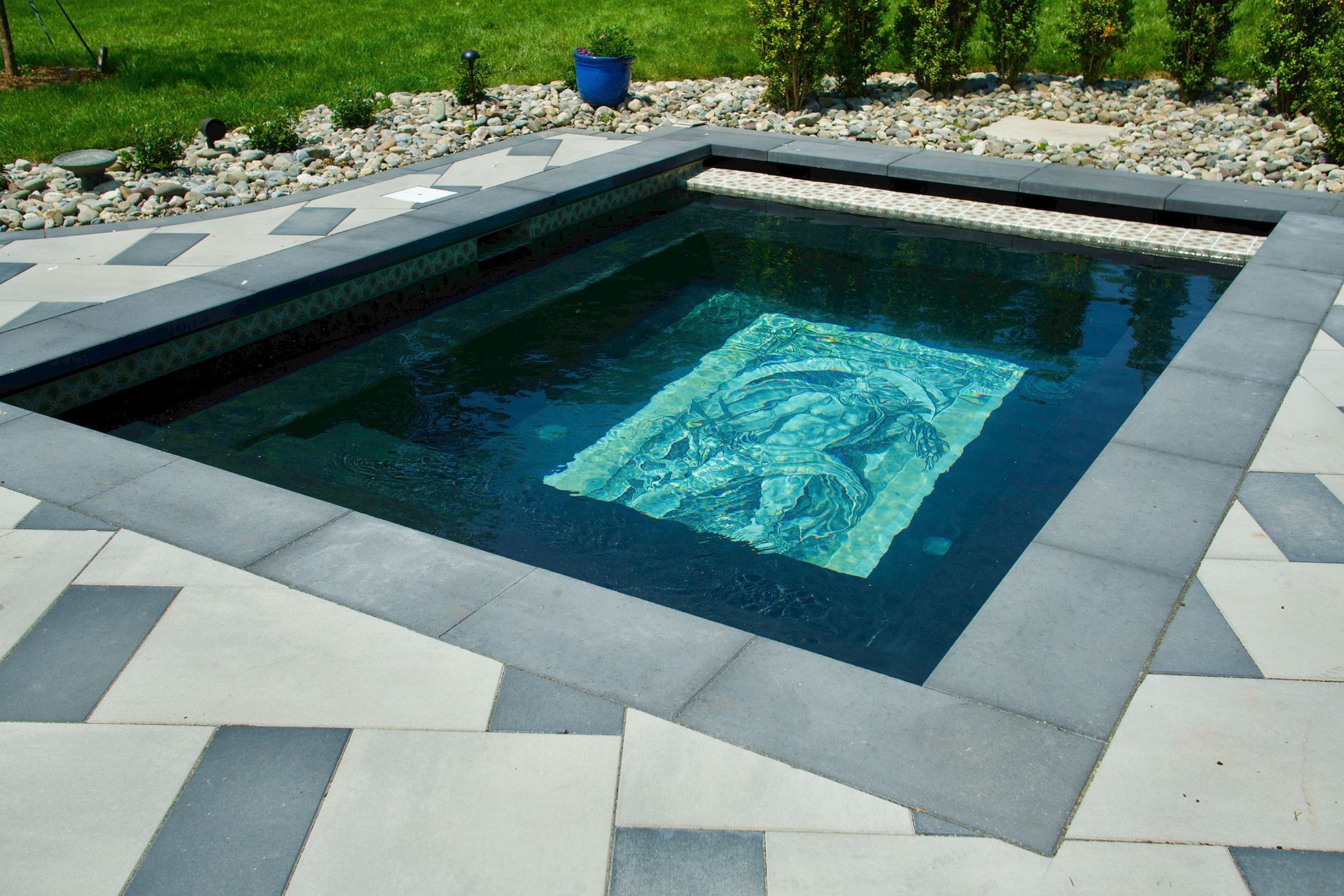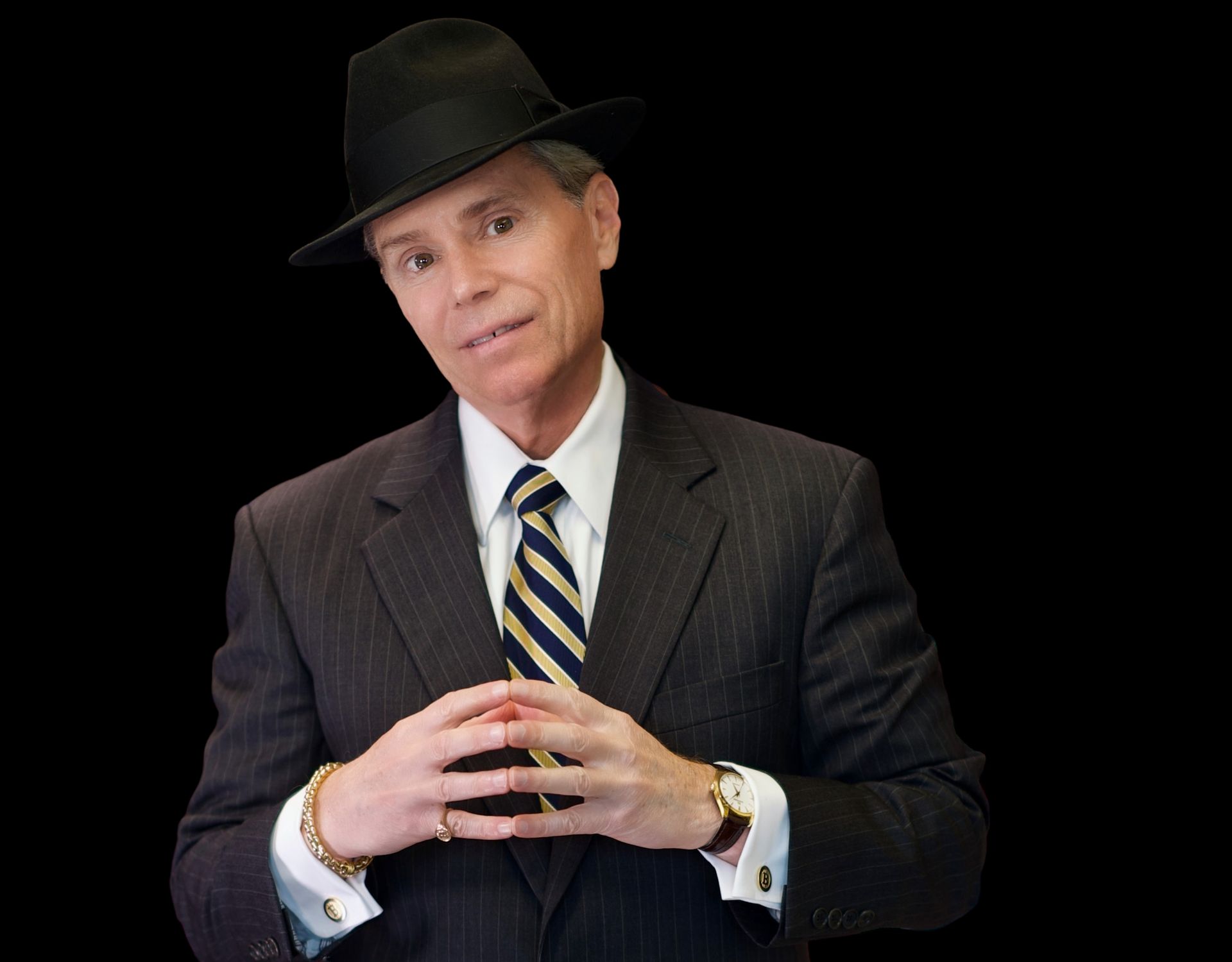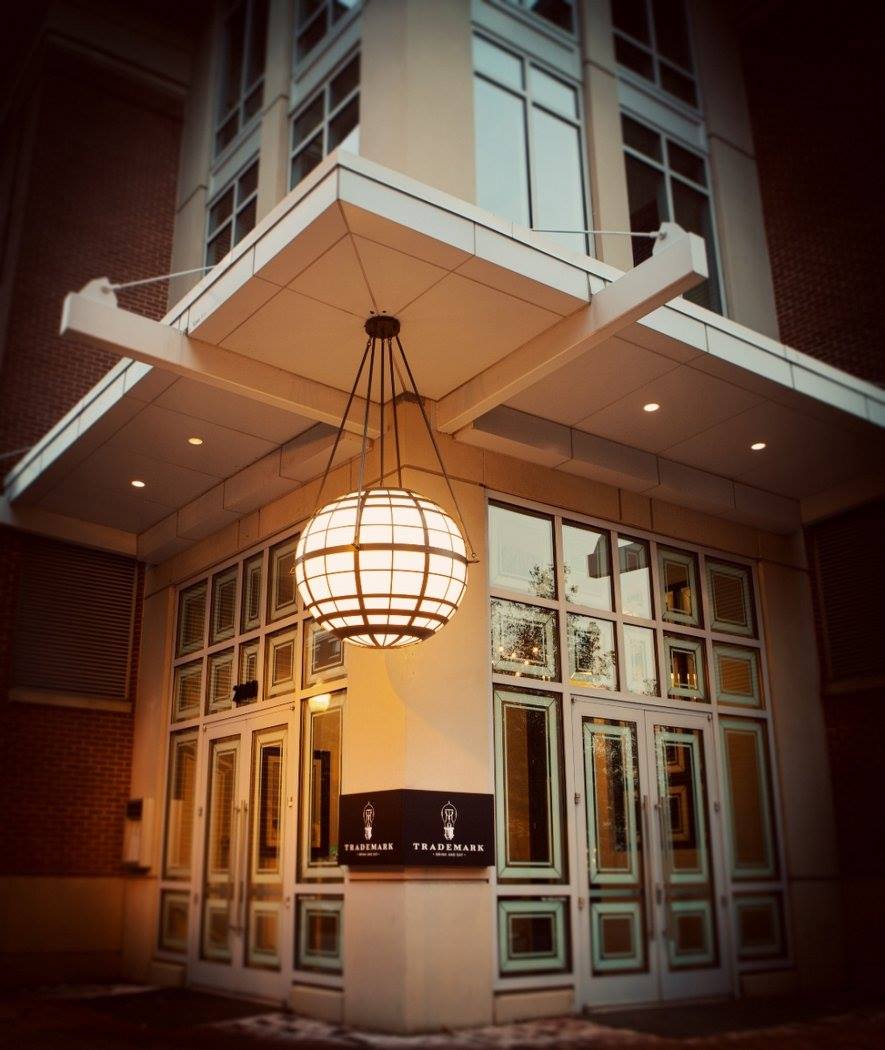Like any bona fide classic, the Fritchie has stood the test of time. This years Fritchie at The Great Frederick Fairgrounds will be the 92nd running of the event.
It’s a Fourth of July tradition in Frederick. But when it started, the race wasn’t even held on the Fourth. The Fritchie ran Memorial Day. And back then, it was called the Delphey Brothers Classic, promoted by J. Paul and Chester Delphey.Of course, for fans, the names that mattered most belonged to the racers. My favorite, considering how hot it usually is during this event, belongs to 1971 winner Royal Sherbert.Other names, while not as catchy, loomed large in racing. Legends like William Minnick. The Wilmington, Del. native burst onto the Fritchie scene by winning the 1923 race, but his biggest moment came four years later.On Memorial Day 1927, Minnick set the world record for a 21 cubic inch motor on a half-mile dirt track. He zoomed his Harley around the oval twice in one minute and three seconds.
Everyone but Art Pechar must have been thrilled. Pechar was the overshadowed soul who actually won the main event that day after Minnick took a spill fighting for the lead.Records come and go. And through the years, motorcycles benefited from all sorts of technological advances. But those old time racers had that one essential ingredient riders still use today: boldness. Men weren’t the only bold ones gunning around the Frederick Fairgrounds track, either. Eventually, women competed. One of those pioneers was Michelle DiSalvo, a Modesto, Cal. native who raced here in 1999. Speaking of pioneers, Bob Boutwell qualifies. In 1953, he became the first Fritchie winner to ride a Triumph bike. He ended up winning three straight Fritchie races — a rare feat. For those who never got to see Boutwell in person at the Fritchie, don’t fret. He’ll be the grand marshal at Tuesday’s race, a nice link to the event’s rich past. Boutwell, from Baltimore, was one of the few Marylanders who won main events at the Fritchie Classic. Another was Cockeysville’s Rodney Farris — who died just before the 1995 Fritchie Classic from injuries he suffered in another race.
Winners often hailed from Pennsylvania, Ohio and Virginia, and some came from even farther away.
Then again, Petrali was known to travel pretty fast, at least on his bike. He won the Fritchie in 1935 and 1936, showing why he was regarded as the finest racer of his era.
Back then, the Fritchie Classic drew huge crowds, and they even played a role in the outcome. In the hotly contested 1954 amateur race, judges said Bud Mertholdt placed second in front of Stuart Dayhoff. “But the fans lodged such a vigorous protest that the management voted second money to both Dayhoff and Bertholdt,” the News-Post reported. When I say where Fritchie racers come from, I usually just mention their hometowns. But way back when, ethnic backgrounds were also given.
Freddy Toscani — winner in 1937 and 1938 — was described in the paper as a “a swarthy little Italian” from Garfield, N.J. And when Toscani fell in 1939, it was to Lester Hillbish, who was known as the Reading Dutchman. That didn’t necessarily mean he was an avid reader — he just hailed from Reading, Pa. And as a testament to this event’s longevity, some grew from virtual kids to middle-age men while racing the Fritchie. Take Steve Morehead. When Morehead won in 1975, he was a 19-year-old rookie. When he won it for the last time in 1997, he was 41.
Like the Fritchie Classic, he stood the test of time.
